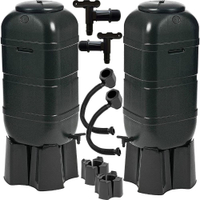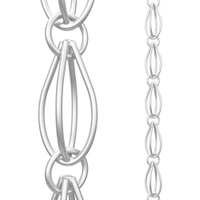Rainwater harvesting – 5 clever ways to nurture your garden whilst cutting costs
There's no better way to keep your garden thriving whilst saving the planet than starting your rainwater harvesting journey
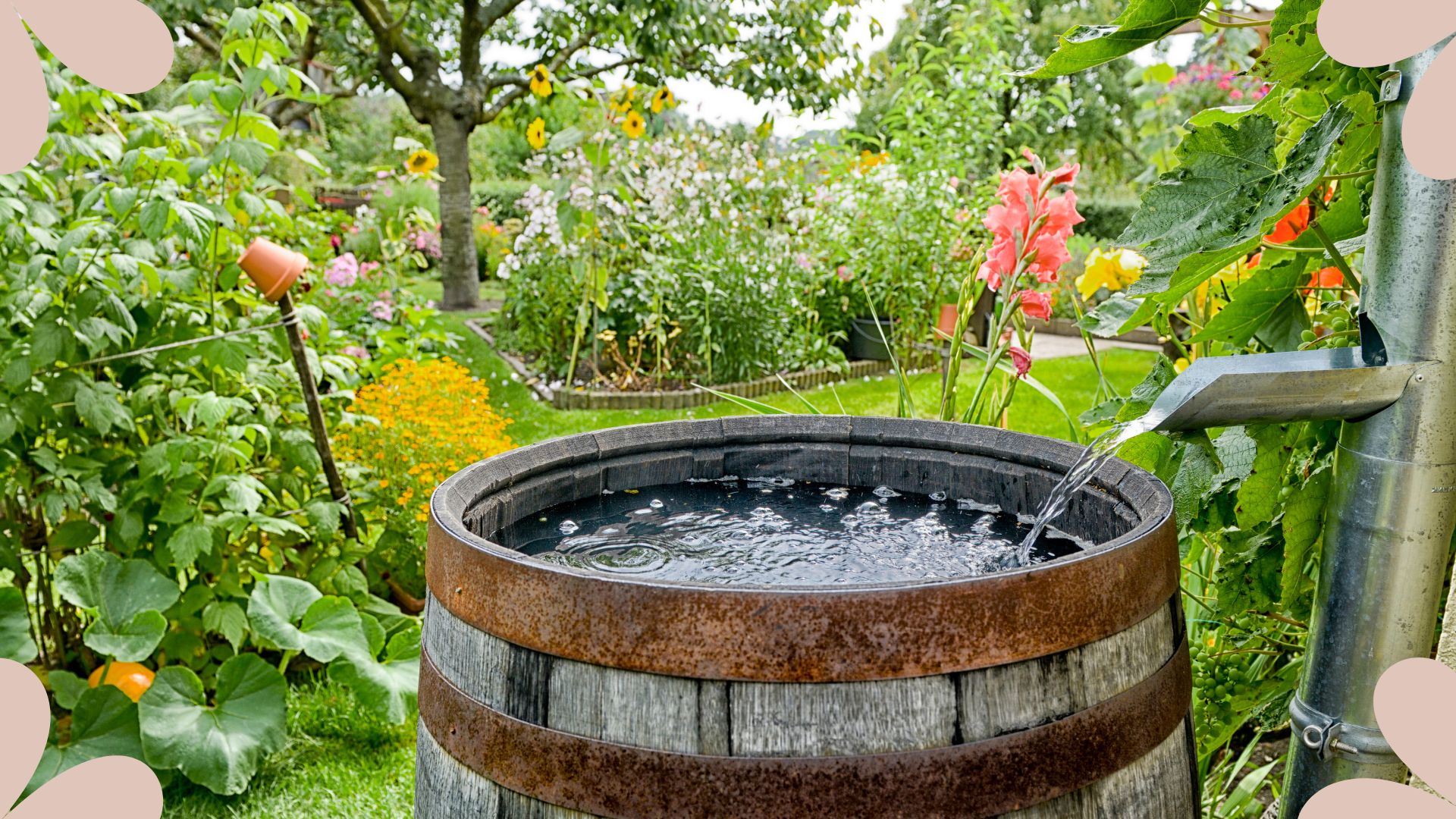

When it comes to sustainable gardening is doesn't get much better than rainwater harvesting. Whether you've heard of the term before or not, this is the one garden trend you need to try out this year.
This easy garden trend is one you won't be able to get enough of, rainwater harvesting is not the newest trend on the block but it will soon become your favourite thanks to its money-saving functionalities. And much like the rainscaping garden trend, it couldn't be easier to follow.
So if you're in the market for sustainable garden ideas then here's what the garden experts said when we asked them what is rainwater harvesting and how can you achieve it in your garden.
What is rainwater harvesting?
Finding ways to reuse old things and repurpose natural resources is one of the easiest garden tips that every gardener should know. But what exactly is rainwater harvesting? Well, while it is a rather simple complex, there is a little more to it than knowing how to use eggshells in your garden.
"Rainwater harvesting is the process of collecting and storing rainwater, rather than allowing it to be diverted through drainage systems, to save it for later use," explains Tom Clifford, landscaper and director of Gardenstone.
There are endless ways to use collected rainwater, from watering your plants to washing your car. Using harvested rainwater will not only help the environment by reducing your water usage and providing plants with fluoride-free water but it will also save you money on bills.

As the director of Gardenstone, a leading garden landscaping supplier, Tom has a wealth of knowledge when it comes to garden edging, patio paving, gravel and walling materials. He has been in the landscaping business for over 13 years and enjoys helping customers create sustainable and visually appealing gardens.
How to try rainwater harvesting at home
Whether your interest has been piqued by the enticing thought of saving money on your water bills or you're trying out the rewilding trend and want to be more sustainable, there are several ways to harvest rainwater at home.
Sign up to our free daily email for the latest royal and entertainment news, interesting opinion, expert advice on styling and beauty trends, and no-nonsense guides to the health and wellness questions you want answered.
And doing so can save you an impressive amount of money on your water bills. Charlie McNeill from Rainclear says, "Harvesting water using a water butt for outdoor usage could lower your annual bill by as much as 10% while installing a full rainwater harvesting system could cut it back by as much as 50%."
So, what are you waiting for?

With over 14 years working at Rainclear as well as her previous experience as a Senior Technician, Charlie has a long history of working in the building materials industry. She now supports customers to select the best sustainable rainwater, drainage and architectural aluminium solutions for their conservation or building projects.
1. Install a water butt

One of the most simple and affordable ways to start rainwater harvesting is by investing in a good water butt. So if you're looking to transform your garden on a budget this one is for you.
"A water butt is the simplest and most common rainwater harvesting system. Water butts are large containers that are connected to your property's guttering system, this diverts rainwater straight from the downpipes and collects directly in the water butt," says Tom.
The best thing about water butts is that you can choose the size and style you'd like, so depending on how big your garden is and what aesthetic you're going for they'll be a water butt for you. We are especially fond of the Hartley Botanic aluminium water butts, they're maybe the most chic way to start rainwater harvesting if you ask us.
2 Rainsaver Garden water butts 100L capacity: £69.99 at Amazon
Why buy one water butt when you can get two and harvest twice the amount of rainwater? These water butts off Amazon come with taps, stands and filler kits so you can start harvesting as soon as possible.
2. Unblock your gutters
This might not be the most glamorous or fun way to harvest rainwater but it is the most effective. After all, how are you going to collect water in your water butt without functional gutters?
Speaking to Sarah Raven, a professional gardener and established author, she explains, "The first thing to do is assess whether this is a job you can carry out yourself. If the gutters are easily accessible and not too high, then the easiest way to reach them would be to use a step ladder and empty the gutters of leaves and debris by hand."
She also recommends laying down some liners below your gutter whilst completing the job, to keep the mess to a minimum. Clearing your gutters out every 3 to 4 months will mean debris doesn't build up to an overwhelming amount.
The other happy side effect of clearing your gutters is preventing any damage to the exterior paint, which helps to make your house look expensive from the outside.

Sarah has been on a mission to introduce new productive ways of gardening since the publication of her first book, 'The Cutting Garden'. She hosts a popular gardening podcast name Grow, Cook, Eat, Arrange and has published over 14 books. She also runs sarahraven.com, the online gardening brand, where she services over 600,000 customers.
3. Set up a rain chain
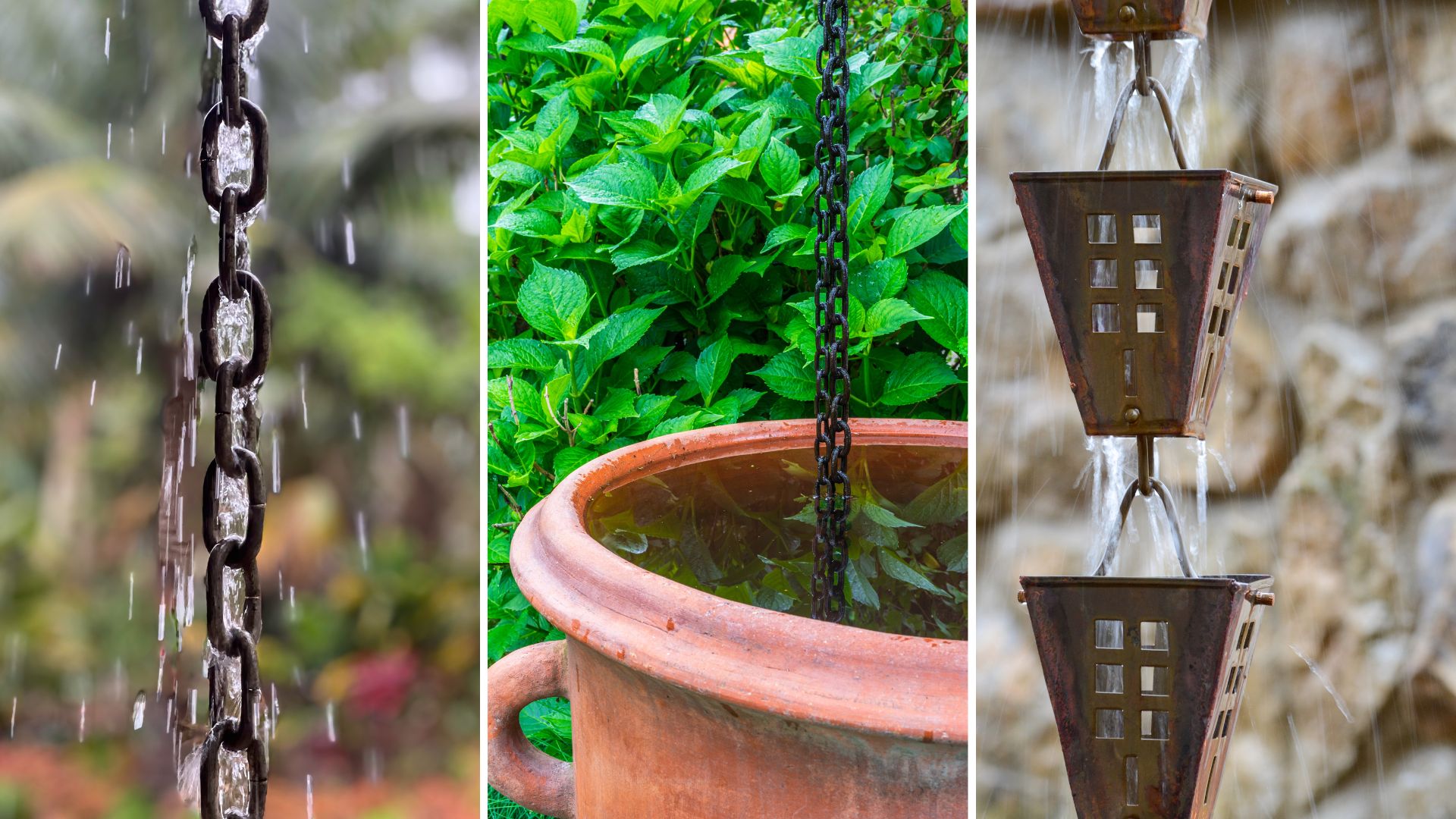
This method is a great trick for anyone looking for essential small garden tips as it takes up vertical space instead. Sarah says, "The aptly named ‘rain chain’ is a great way to direct water around your garden."
She explains that they work most effectively if they have a vertical water source to work from such as guttering or downspouts, however, she points out that this shouldn't stop you from being innovative as they can work with flat rooves too.
"I actually love the rustic look of them and am often tempted to thread decorative flowers around them in the summer, though best to avoid this if you’re expecting lots of rain of course. You’ll want something to collect the water from based at the bottom of the chain, but otherwise, no work is required," says Sarah.
Rain Chains Direct oval loop chain, 8.5 feet: was £66.82 now £57 at Amazon
Looking to hop onto the rainwater harvesting trend? These rain chains are the perfect first step and are an effective hassle-free way to collect rainwater whilst not sacrificing your garden style. Plus they're on sale right now.
4. Create a rain garden
If you're looking at how to incorporate more of the most alluring plants to liven your garden then a rain garden is a brilliant way to do this whilst harvesting rainwater at the same time.
"Collecting rainwater doesn’t always require a gutter, in fact, one of the most fun and innovative ways to collect and save rainwater is to set up a rain garden. All you need to do is find a shallow bit of ground, with a slope of less than 10%," explains Sarah.
Once you've established this shallow sloped area then you can fill it with wet-tolerant plants that don't mind being waterlogged now and then. Sarah recommends planting these in the rain garden around spring or early autumn for the best chances of establishment within the ground.
5. Install a rainwater harvesting system
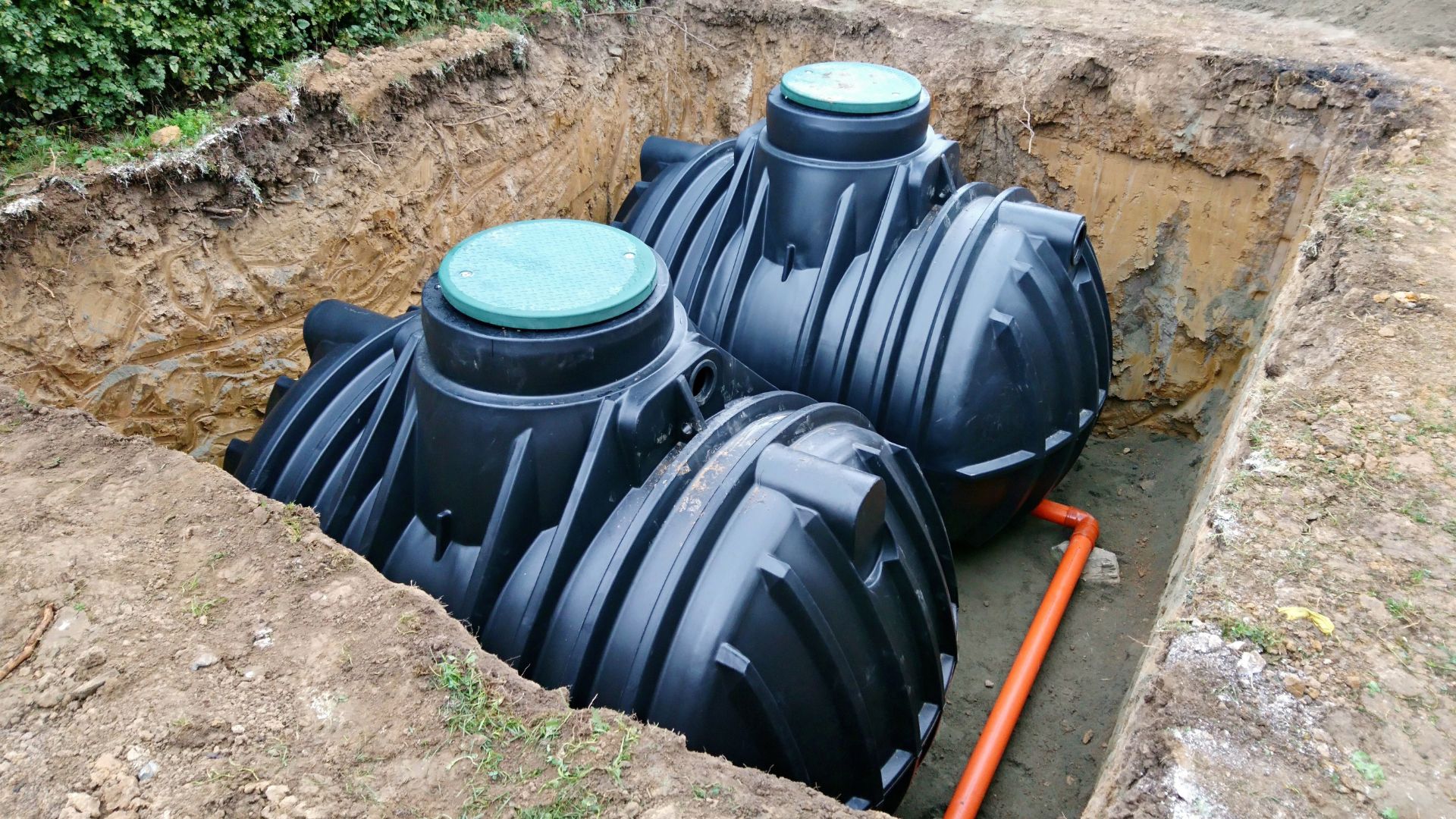
If budget is not an issue then Charlie highly recommends investing in a rainwater harvesting system.
She says, "Whether it’s for environmental or financial reasons, those who’re serious about water harvesting should consider installing a complete rainwater harvesting system. This is a much more expensive route, but leads to significant savings long-term and can even add value to your home."
The harvesting systems cost around £2,500 on average but offer a potential savings of around 40-50% off your annual water bill. The systems collect rainwater from your roof and store it underground, where it passes through an in-built filtration system and can be used for serval purposes. The underground tank has a pump installed and will pump filtered rainwater directly into any designated appliances within your home.
"When the tank level drops below a set point, the system automatically switches to the mains water supply, ensuring you won’t run out of water during dry periods of weather," explains Charlie.
How effective is rainwater harvesting?
You may be wondering now if all this is worth it and how helpful rainwater harvesting can be when it comes to caring for your plants. Well, rainwater is not just helpful with cutting costs and reducing your water waste it's also much healthier for your plants.
"The water from the tap is often treated with chemicals, minerals and chlorine to be safe for drinking and these chemicals aren’t always good for plants and the soil. In contrast, rainwater is naturally soft and contains fewer dissolved minerals, such as magnesium and calcium," explains Peter Ivanov, a professional gardener from FantasticGardeners.
There are of course some disadvantages to rainwater harvesting, one being the inconsistency of rainfall. Even in the UK, the weather is unpredictable and dry periods can last longer than expected which means less rainwater for you to harvest and use as you please.
Peter also points out that most rainwater harvesting systems and methods require a lot of maintenance which can cost you a little more money and time.

Peter has been a gardening and plant expert at Fantastic Gardeners for over 8 years, he is now one of the company's top-performing experts and manages over 6 teams of gardeners. He works on creating stunning landscapes and prioritises sustainability in his gardening methods.
What is rainwater harvesting used for?
Although rainwater can be used in your garden to look after the plants that every garden needs, there are a few other uses for it. Peter points out that the practice of collecting rainwater is one of the oldest methods for supplying water for a household independently.
He says, "In general, you can use rainwater anywhere you’d normally use tap water, which can be indoor non-potable use, such as for the toilets and clothes washers, or a whole house portable use when it’s properly filtered and disinfected."
So whilst you can use it to water plants, when you can harvest large quantities there are several additional ways you can make use of it inside your home.

From using tea bags and banana peels in your garden to repurposing old towels, finding sustainable hacks that will promote growth for your plants is a great way to cut costs when gardening all whilst helping out the environment.
As Charlie points out, "Even if you only use harvested water for outside tasks, you reduce reliance on these stressed resources and help to lower demand during the peak summer months."

Emily joined woman&home as a staff writer after finishing her MA in Magazine Journalism from City University in 2023. After writing various health and news content, she now specialises in lifestyle, covering unique cleaning hacks, gardening how-tos, and everything to help your houseplants thrive.
